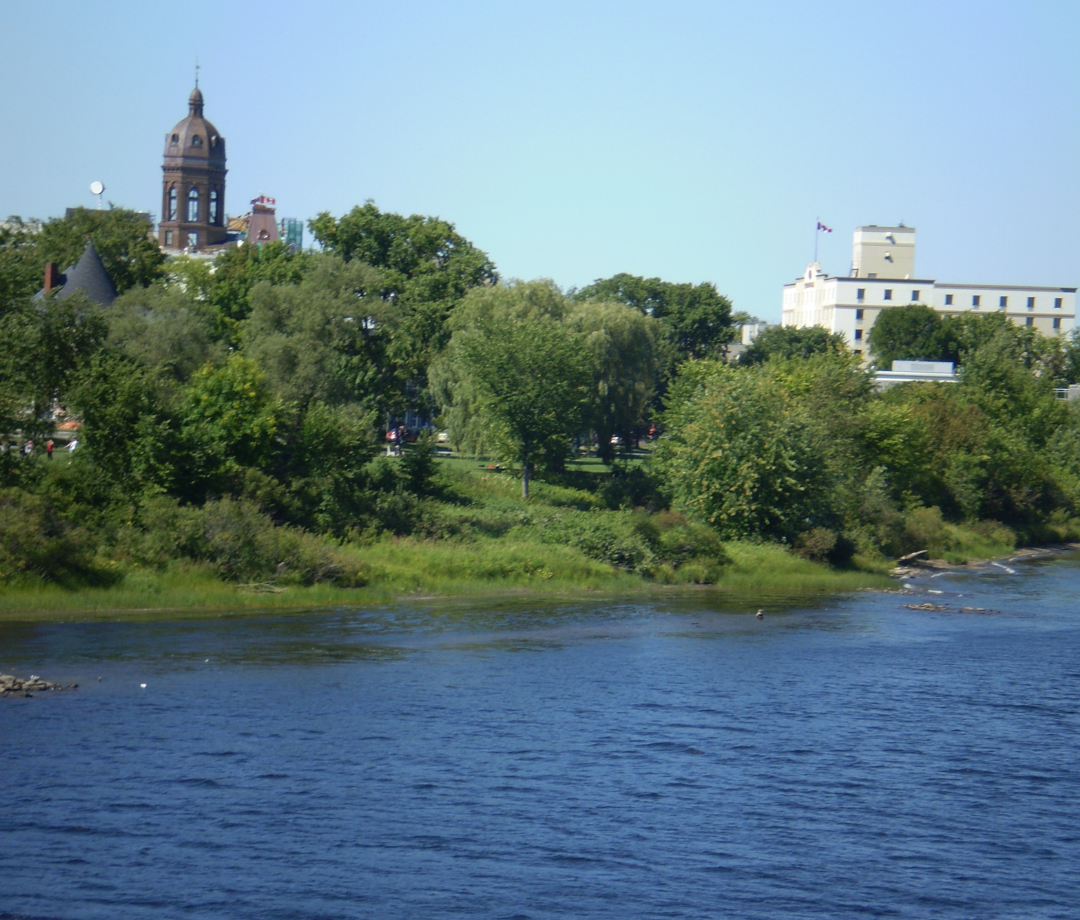What Is The Climate Like In Halifax
According to the Koppen Climate classification, Halifax is considered a Dfb climate, meaning that it is considered continental (D), not having a dry season (f), and having a warm summer (b).
A continental climate (D) is one where there is at least one month where the temperature averages at least 10 C (50 F), and at least one month averaging an average temperature of 0 C (32 F) or less. This type of climate is found exclusively in the northern hemisphere, and it is noticeable for being able to hit many extremes in weather. Usually, each of the four seasons is very distinct, with hot summers and cold winters. It is also the most likely climate to have leaves changing colour in the fall. It is also more prone to thunderstorms and similar phenomena happening more frequently than in other climates.
The (f) refers to neither the summer nor the winter having significantly more precipitation than the other. For this purpose, summer refers to months from April – September, and winter refers to October – March. A warm summer (b) means that there are at least four months where the average temperature is above 10 C (50 F), but no month is over 22 C (72 F). A month of over 22 C (72 F) would lead to it being a hot summer, and only 1-3 months of above 10 C (50 F), would have been listed it as a cool summer.
Also, due to the proximity of Halifax to the Atlantic Ocean, the city experiences much more rain and less sun than more land-locked cities, and although the differences between summer and winter are more pronounced than in other areas, its still less extreme than places such as the prairies.
What Is Everyday Weather Like In Halifax?
Halifax is pretty typical of a city near the coast at its latitude. It will often have warm summers, with highs above 20 C (68 F), and lows in the teens, and winters that experience snow due to lows below freezing, even though highs are usually above 0 C (32 F). The number of days with precipitation will almost always be in the double digits every month, with humidity hovering around 75-80% throughout the year.
What Is Spring Like In Halifax?
Spring (March-May) has a lot of variance. It often starts off with an average temperature near freezing with highs near 5 C (41 F) and lows close to -5 C (23 F), and snow is pretty common. April will have significantly less snow, but due to lows often being close to freezing give or take a few degrees, there is still the occasional snowfall. By May, usually, the snow will have stopped, with average daily highs around 15 C (59 F), and lows near 5 C (41 F).
Cloud cover will consistently be around 70%, with about 100 – 120mm of precipitation per month, with the percentage that is snow becomes lower throughout the season, until May when it is simply too warm to snow.
What Is Summer Like In Halifax?
Unsurprisingly, summer (June – August) in Halifax starts very similar to the end of spring, with 20 C (68 F) highs and 10 C (50 F) lows, and each of these temperatures will go up about 5 C (9 F), leading to highs of 25 C (77 F) and lows of 15 C (59 F). July has significantly less precipitation, averaging close to 90mm, while the other months both averaging over 100 mm, with June especially having more, with it going above 120mm most months.
Cloud cover lowers throughout the season, starting at around 70%, and lowering to much closer to 60% by the end of summer.
What Is Fall Like In Halifax?
Like with many other cities, fall is very similar to spring, except in reverse, with highs starting around 20 C (68 F), and highs rarely exceeding 10 C (50 F), and lows colder than highs by about 10 C (18 F) throughout the entire season. However, interestingly, fall is much rainier than spring, with an occasional average of over 150 mm. Cloud cover at the beginning of the season is at around only 55%, but it increases quickly throughout the season, often hitting around 70% but the end of the fall.
Like most continental climate cities, leaves do change colour in the fall, which can be very beautiful.
What Is Winter Like In Halifax?
Winter in Halifax, despite not being very cold, will generally have plenty of precipitation. However, due to the unusually warm winters, much of the precipitation in all three winter months will be rain. In fact, in each month, there is more snow than rain, at least if you measure it in pure mm. However, there will be more precipitation in winter than in any other month, with 140 mm – 180 mm of precipitation per month, with about 60% of the precipitation being rain, and the other 40% being snow in about each month.
Highs will generally range between 5 C (41 F) and 0 C (32 F), with lows averaging in the general area of -5 C (23 F) and -10 C (14 F).
Is Halifax For Me?
Halifax is pretty typical of what most continental climate cities on the coast are expected to be like. There is plenty of precipitation year-round. Despite each of the four seasons being distinct from each other, it doesn’t have the extremes of more land-locked cities. The temperate rarely hits above 30 C (86 F), with even highs of 25 C (77 F) being somewhat unusual. However, the winters are very warm compared to other cities in Canada, as every month has a positive high. If this is the type of climate you’re looking for Halifax might be the type of city you are looking for.



